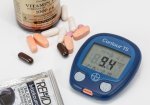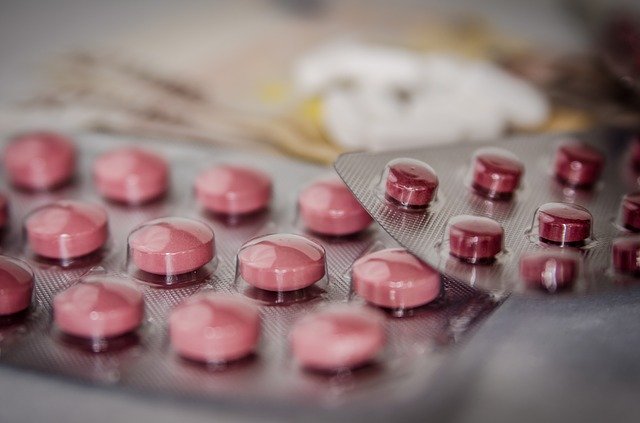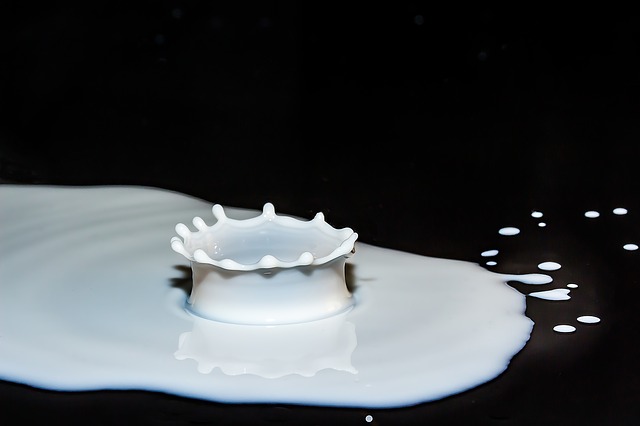White Coat Syndrome and Blood Pressure Explained
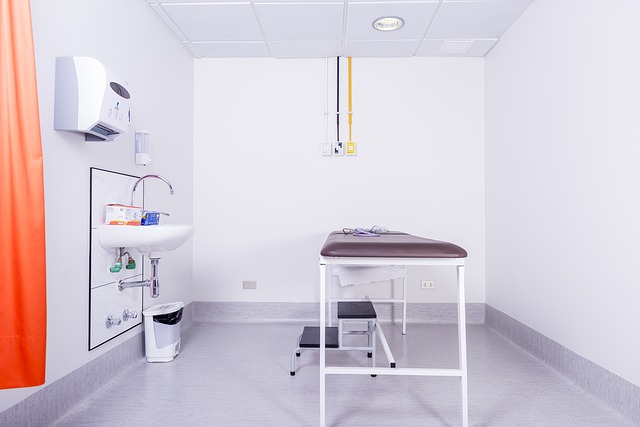
White coat syndrome which is also refereed to as white coat hypertension (WCH) is a blood pressure phenomenon that affects roughly between 10% and 40% of the population. In more recent times it has tended to be refereed to interchangeably as isolated office hypertension or isolated clinic hypertension.

Our research efforts presented here, bridge dozens of scientific studies done over time looking into the phenomenon. The article synthesizes the outcomes of clinical trials and studies and provides some intriguing insights into this phenom including its possible risk factors among those affected.
But First...
White Coat Syndrome Definition
Apparently when considering this condition, definition is everything.
Defining white coat hypertension is important for two main reasons.
It allows those ordinary folks affected to be aware of what it is that is affecting them and contextualize it. On another level, and rather more important level, it is crucial to standardization which is essential in scientific research, for example, when comparing one study from another.
Furthermore, a standard definition is crucial for treatment and intervention purposes.
For a lengthy period of time, there seemed to be no common definition of white coat syndrome. What existed lacked the precision needed to make it clinically useful.
In simplest terms, white coat syndrome is defined as when an individual has higher than normal blood pressure when in the medical environment, such as the clinic or doctor's office, compared to when they are going about their daily routine wherever they maybe.
Even this definition, while useful in casual terms particularly among individuals in a home setting, it is not that helpful for medical practitioners who must have a better and water tight standard definition for epidemiological reasons and for the purposes of effectively identifying the condition.
A 2002 report published in the European Heart Journal (2002 23,106–109), aligned a precise definition of isolated clinic hypertension with an outcome of the International Consensus Conference on Ambulatory blood pressure.

The Conference proposed that 135/85 mm Hg in average daytime blood pressure should be regarded as hypertensive while levels below 130/80 mm Hg be regarded as normotensive or as having normal blood pressure.
In turn, the report put forward that in view of these Conference recommendations, white coat syndrome definition should encompass the presence of blood pressure readings which are continually equal to or greater than 140/90 mm Hg, with average daytime ambulatory blood pressure below 135/85 mm Hg.
Ambulatory blood pressure necessarily becomes important when considering white coat syndrome. It refers to blood pressure readings out of the doctor's office at certain intervals during the day. It is often refereed to in short as out-of-office blood pressure.
Out-of-office blood pressure monitoring (ambulatory blood pressure monitoring) is essential in correctly identifying white coat hypertension because the blood pressure of a person varies substantially in different environments.
Another 2015 report published in the medical publication, Insights in Blood Pressure (Vol. 1 No. 1: 6), agrees with the European Heart Journal's white coat syndrome definition.
It states that WCH is when a person who is not taking any antihypertensive medication consistently has an office blood pressure equal to or greater than 140/90 mm Hg with a normal ambulatory or out-of-office blood pressure of less than 135/85 mm Hg.
This same definition is also used in a 2004 study published in the European Journal of Internal Medicine (2004 Oct;15(6):348-357) in its clinical review of white coat hypertension.
From these studies, it can be established that a clinically sound definition of isolated clinic hypertension considers office blood pressure to be equal to or greater than 140/90 mm Hg and normal ambulatory or home blood pressure to be less than 135/85 mm Hg.
In summary the definition of white coat hypertension is:
when an individual has higher than normal blood pressure of equal to or greater than 140/90 mm Hg when in the medical environment and normal ambulatory blood pressure of less than 135/85 mm Hg

With the definition in hand and secure, it can then be asked...
What causes white coat syndrome?
A visit to the doctor and the anxiety associated with it has been associated with WCH in a certain segment of the population. This anxiety can be triggered by the uncertainty on the part of the patient of what the doctor will say.
Looking through detailed studies on the subject reveals that the incidence of white coat hypertension when visiting the doctor's office or a medical facility has complex mechanics running behind the scenes.
A 2013 Journal of Hypertension study (2013 Jun;31(6):1131-5), uncovered intriguing inner workings of the white coat syndrome.
The study involving 19 lean untreated mild essential hypertensive patients showed that a doctor's presence induced a sudden and prolonged blood pressure spike including an increased heart rate.
According to the study, doctors, due to their authoritative positions relative to nurses, caused a more pronounced white coat effect in patients than ordinary nurses.
This is the same effect one would get when measuring own blood pressure at home vs seeing a doctor in her office.
Another March 2017 study published in the World Journal of Clinical Cases (2017 Mar 16; 5(3): 82–92), added that the extent to which blood pressure increased due to white coat syndrome in susceptible individuals equally depended on the doctor involved with some doctors causing higher white coat effect than others.
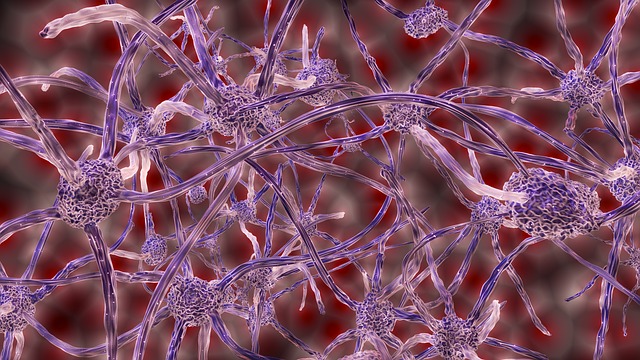
There is a scientific cause of white coat syndrome.
A 2015 study published in the journal, Insights in Blood Pressure (Vol. 1 No. 1: 6), explained the mechanism behind white coat hypertension as being a result of the inhibition of muscle sympathetic nerve traffic and excitation of skin sympathetic nerve traffic both of which have been linked to blood pressure.
According to the publication, Circulation in its July 1999 issue (1999;100:222-225), the sphygmomanometer as used by the doctor is the reason behind blood pressure elevations associated with the white coat effect.
The alerting reaction accompanying sphygmomanometric blood pressure measurement interacts with the adrenergic nervous system (relating to adrenaline and noradrenaline as neurotransmitters) which in turn causes what is also refereed to as muscle sympathoinhibition and skin sympathoexcitation increasing blood pressure.
Muscle sympathoinhibition and skin sympathoexcitation simply reefers to the inhibition of muscle sympathetic nerve traffic and excitation of skin sympathetic nerve traffic as identified in the Insights in Blood Pressure journal report.
While there are apparent biochemical mechanics behind the scenes that cause white coat syndrome, many people including medical practitioners themselves, for simplicity, usually just like to say white coat hypertension is caused by anxiety associated with a visit to the doctor!

Is White Coat Hypertension Benign?
In medical science a benign disease or condition is one without present or future complications and a good prognosis for the future. Prognosis is future forecast or outcome of the disease or condition in question.
The question has therefore been asked whether or not WCH is harmless and if at all has any future or present complications. The short answer is that whether or not white coat hypertension is benign is a controversial issue.
Different studies have come up with inconsistent results.

Study 1
A 2017 study in the Journal for Hypertension concluded that white coat hypertension is not benign and is actually associated with long-term risk of cardiovascular disease (CVD) in individuals without antihypertensive treatment. Patients without treatment almost had total all-cause mortality.
The study was a meta-analysis investigation of existing clinical research data drawn from different data bases with information on white coat syndrome.
Out of a total of 26 158 manuscripts, the researchers focused on only 14 study reports that were qualified to fit into the objectives of the study. The 14 reports were based on outcomes of studies involving over 50 000 people some of them followed up over 10 years.
The mechanisms identified by the researchers which explained how white coat hypertension could not be considered benign included the role of variable blood pressure.
In building their case, the researchers noted that WCH represents significant blood pressure response to stressful situations or events.
Considering that variable blood pressure is a known risk factor for cardiovascular disease and death, they argued that individuals who had more reactive blood pressure as is the case in WCH, likely had increased variable blood pressure. This is how the dots were connected pointing to WCH resulting in CVD and mortality.
Furthermore, the researchers also put forward another possible mechanism showing how white coat syndrome progressed to hypertension and CVD.
The repeated rising of blood pressure at every stressful occasion, as is the case with WCH during a visit to the doctor, would likely take a toll on the individual's blood pressure regulation systems. This increased the risk of progression to hypertension and CVD.
Using evidence drawn from ferreting through previous studies, the Journal for Hypertension study concluded that white coat hypertension is not benign.

Study 2
In 2011 a study published in the American Journal of Hypertension (2011 Jan;24(1):52-8) produced a different set of results as Study 1 above concerning whether or not white coat syndrome is benign.
The study concluded that the risk of cardiovascular disease was not in any way significantly higher in individuals with white coat hypertension compared to their normotensive or normal blood pressure counterparts.
This was the case regardless of the population with normal blood pressure considered nor the length of time at follow-up.
The study was also a meta-analysis of 8 relevant study reports from previous studies involving nearly 8000 people.
However, the meta-analysis investigation established that while there were no significant CVD complications as a result of WCH, there was evidence that individuals with WCH had a higher frequency of drug therapy.
Study 2 concluded that white coat hypertension is benign.

Study 3 - The Ohasama Study (Japan)
Yet another 2005 study commonly refereed to as The Ohasama Study published in the Archives of Internal Medicine (2005;165(13):1541-1546), concurred with Study 1 (WCH is harmless) but contradicted Study 2 (WCH is NOT harmless).
The study which followed up on 128 people over a period of 8 years concluded that according to its research findings white coat hypertension is not benign and therefore carries some cardiovascular risks.
The 128 Japanese subjects followed up in The Ohasama Study which had white coat syndrome were compared with 649 sustained normotensive subjects with the objective of checking if their WCH progressed to hypertension.
Compared to normotensive individuals at only 22.2%, as much as 46.9% from the WCH group went on to develop hypertension over the 8 year period.
The results of The Ohasama Study suggest that white coat syndrome is a transitional condition which changes to hypertension and therefore not benign.
Until there is an increasing convergence and corroboration of scientific evidence, whether or not white coat hypertension is benign may remain a matter of scientific contestation and likely a matter of personal bias or preference pertaining which scientific proof to go with.
If evidence indeed shows a poor prognosis for WCH, perhaps the next question to ask is how then is clinic hypertension to be treated.

White Coat Syndrome Treatment
The treatment of white coat syndrome is depended on a few things.
According to a 2004 report in the European Journal of Internal Medicine (2004;15(6):348–357), white coat hypertensives who have been shown to have target organ damage and at high risk of cardiovascular complications are to be treated using pharmacological drugs, meaning those ACE Inhibitors and Beta Blockers among others.
On the other hand, the report recommends that those individuals who do not fall into this category, those with uncomplicated clinic hypertension should only get close follow-up and regular assessment of other risk factors instead of drug therapy.
In addition office blood pressure should be taken every six months and out-of-office blood pressure or ambulatory blood pressure every one or two years.
These recommendations are consistent with the 2013 European Society of Hypertension and European Society of Cardiology hypertension guidelines which recommends lifestyle changes and follow-ups for white coat hypertensives with no additional cardiovascular risk factors.
The guidelines also recommend that those with target organ damage must be treated with anti-hypertensive drugs and additional lifestyle changes.
A 2000 report in Current Hypertension Reports (2000 Aug;2(4):412-7) which considers WCH as harmless recommends specific white coat syndrome treatment remedies which do not involve pharmaceutical drugs as follows;
- lifestyle modification
- moderate salt restriction
- weight reduction
- regular exercise
- smoking and drinking cessation
- meditation
- herbal remedies
- correction of glucose and lipid abnormalities
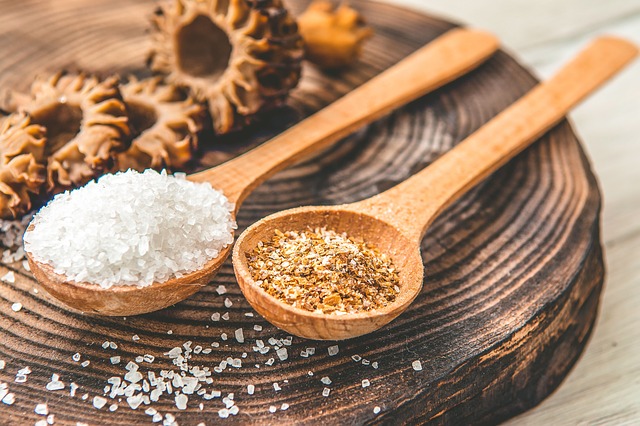
The same report advises that twice annual or one a year follow-ups with ambulatory blood pressure monitoring must be considered as part of white coat syndrome treatment.
The assumption thus far has been that WCH occurs exclusively without the context of other diseases and conditions.
What if people with white coat syndrome also suffer from diabetes?
According to a 2009 report in Diabetes Care (2009;32(suppl 2): S310-S313) a journal by the American Diabetes Association, white coat syndrome should not be treated in persons with diabetes.
The Diabetes Care report further highlights an intriguing perspective to the treatment of white coat syndrome that we hadn't seen raised in other studies before namely that treating isolated office hypertension may result in excessive lowering of ambulatory or out-of-office blood pressure.
The reason why patients with diabetes and WCH must not be treated for WCH emanates from another study published in the journal, Annuls of Internal Medicine (2006; 20;144(12):884-93).
The study showed that excessively lowering diastolic blood pressure to less than 83 mm Hg in patients with type 2 diabetes and coronary artery disease (CAD) resulted in excess mortality and morbidity in this population.
According to the Diabetes Care report, it is therefore unjustified and at the very least premature to resort to treating white coat syndrome with pharmaceutical drugs in people suffering from diabetes.
If the foregoing represents the different approaches to treating clinic hypertension, what can be said about WCH and pregnancy?

White Coat Syndrome and Pregnancy
The association between white coat syndrome and pregnancy is not as widely researched as is the case with white coat hypertension itself.
A concern among pregnant women and health care givers could be the effect of white coat syndrome on their pregnancy in respect of ending up with a possible complicated pregnancy outcome.
In 1999, the Journal on Human Hypertension (1999 Aug;13(8):541-5 ) published results of a study that looked into addressing this question.
It concluded that pregnant individuals with white coat hypertension had a better pregnancy outcome compared to those with out-of-office hypertension also refereed to sometimes as having true hypertension.
For example only 29.7% of WCH pregnant women could possibly suffer preterm delivery compared to 65.2% among those with true hypertension. The other pregnancy risks were as follows, pre-eclampsia 8.1% vs 56.5% and intrauterine growth restriction 13.5% vs 43.4% for true hypertensive pregnant women.

The study recommended that second trimester ambulatory BP monitoring was necessary in order to differentiate WCH pregnant women from those with true hypertension.
Pregnant women with white coat syndrome must continue to be monitored throughout their pregnancy in order to identify a small group that may have WCH progressing to pre-eclampsia (PE). This is according to a another study in the May 2005 issue of BJOG: An International Journal of Obstetrics & Gynaecology (2005;112(5):601-6.).
A significant number of pregnant women worry about WCH when visiting the doctor for check-ups. Some of the techniques to help white coat hypertension that have been shared in pregnancy forums by women include the following;
- closing eyes
- breathing deeply
- avoiding speaking
- listening to music
- taking someone with you to the doctor's e.g spouse
- Slow counting in your head might
- requesting to have your blood pressure taken by a midwife or someone of a lower position than the doctor
Save for the last one, these techniques are obviously not scientifically backed and are a result of individual claims that my or may not work for everyone.
Above all it is important to take along to your appointment your home readings. This will alert your pregnancy health care giver of the possible presence of WCH.

|
|
Alcohol and Blood Pressure |
Return to Hypertension Guidelines from White Coat Syndrome
Return to Hypertension Home from White Coat Syndrome
Disclaimer
Information contained on this website is not meant to replace your doctor's advice.
(c) All Rights Reserved. 2010-2018
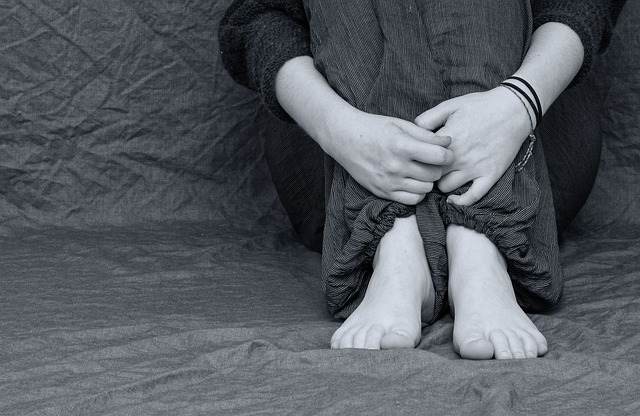
Anxiety is a real factor in blood pressure elevation. This is why it has been associated with white coat hypertension. Many individuals do admit that going to the doctor makes them very anxious some even the night before the appointment.
Our full article here on anxiety and blood pressure examines in detail the role of anxiety in elevating blood pressure including that women are twice likely to be as anxious as men and also also that blood pressure medications may be responsible for anxiety

